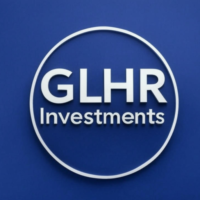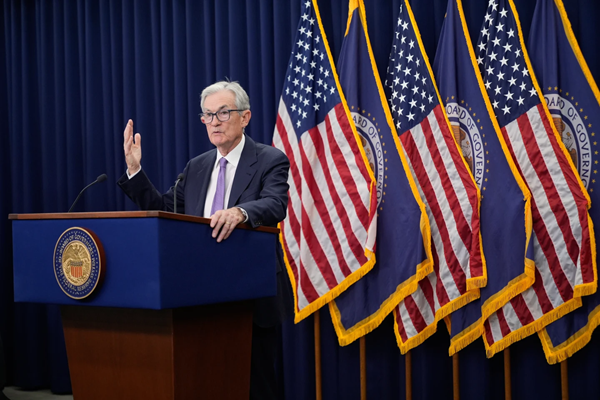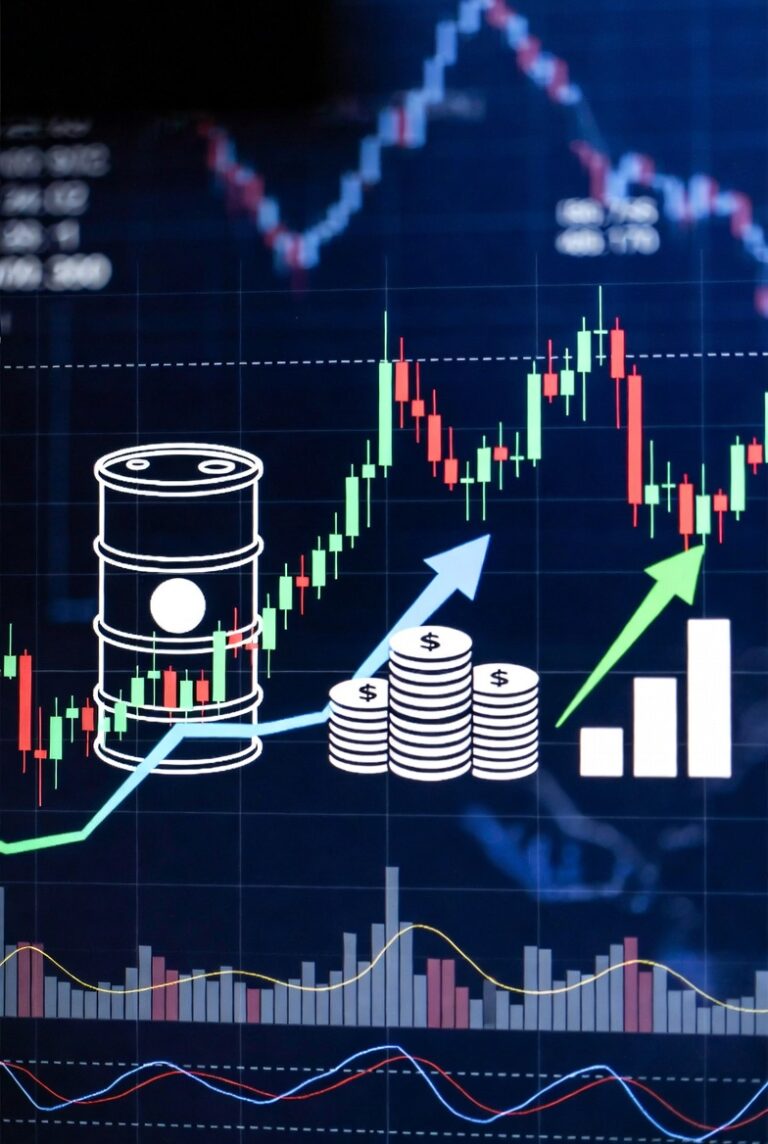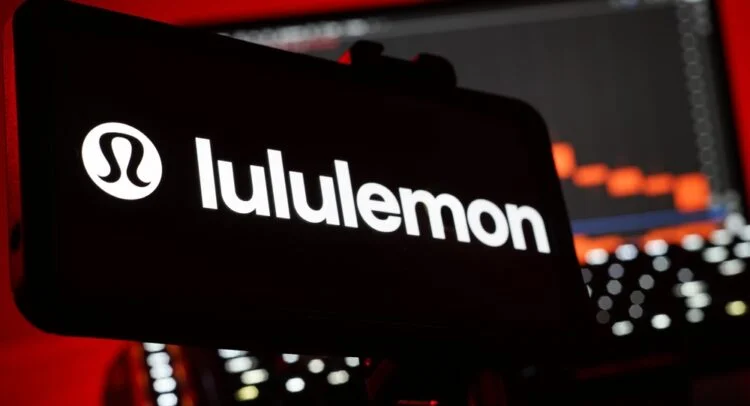
The stock market rebounds in August 2025’s first week.
At GLHR Investing, we’re breaking down the U.S. stock market’s wild ride in the first half of 2025 and charting a course for the volatile second half. The S&P 500 (SPY) soared to ~6,243 points by July 7, up 3.94% over the past month but down 15.6% year-to-date as of May 23, rebounding from a 19% peak-to-trough drop in April. Driven by Trump’s tariff pauses, tax cuts, and geopolitical shifts, markets face a mix of opportunities and risks. With 3.2% CPI inflation, a 30% recession risk (per EY), and ongoing trade negotiations, how can investors navigate the turbulence? Here’s a comprehensive mid-year outlook, highlighting key trends, top sectors, and strategies to thrive in 2025’s second half.
- First Half 2025: A Rollercoaster Recap:
- Market Performance:
- S&P 500 (SPY): Hit a record high in February (~6,500 points), plunged 19% in April to 5,396.52 (post-tariff announcements), and recovered to 6,243 by July 7, up 3.94% over the past month and ~12% YOY, per web data.
- Nasdaq Composite: Gained ~6.6% in June, led by AI-driven tech (e.g., NVIDIA +18% in May), but lagged ~0.8–1.2% YTD, per web data.
- Dow Jones Industrial Average: Dropped 1,679 points (-3.98%) on April 3, but rose ~4.2% in June, per web data.
- Volatility: VIX spiked to ~30 in April, settling at ~20–25 by July, with six 2%+ SPY drops from January–June, per web data.
- Key Drivers:
- Tariff Shocks and Pauses: Trump’s “Liberation Day” tariffs (April 2, 125% on China) triggered a 4.84% SPY drop, with a 90-day pause (April 9) sparking an 18.6% recovery by May, per web data. U.S.-Vietnam (20%) and EU tariff pauses (July 9 extended to August 1) fueled June’s rally (+4.33%), per web data.
- OBBBA Tax Cuts (July 4): $3.7T package boosted spending (0.3–0.5%), adding $3.1–$3.8T to deficits, lifting financials and consumer services, per web data.
- Iran-Israel Conflict: U.S. bombing of Iranian nuclear sites (June 21) spiked oil to ~$80/barrel, with ceasefire talks (June 24) easing volatility, per web data.
- Economic Data: Q1 GDP contracted -0.3% due to tariff-driven imports, Q2 estimated at 1.5–1.9%, unemployment fell to 4.1% (June, 147,000 jobs added), and consumer sentiment rose to 60.7 (from 52.2), per web data.
- Sector Performance:
- Winners: Financials (+10% YTD, e.g., JPMorgan +25%), industrials (+8%, e.g., Nucor +8.3%), energy (+4.9%, e.g., ExxonMobil +10%), and healthcare (e.g., GeneDx +1,000%), per web data.
- Losers: Consumer discretionary (-1.5%, e.g., Tesla -20.2%), select tech (e.g., Equinix -20%), and materials (e.g., Albemarle -4.6%), per web data.
- Critical Assessment: The first half’s volatility (SPY -15.3% low in April) was driven by tariff fears and geopolitical shocks, but tariff pauses and tax cuts fueled a recovery, per web data. High valuations (SPY P/E ~21) and consumer weakness (sentiment 52.2 low) signal ongoing risks, per web data.
- Corporate resilience (57% of S&P 500 firms reiterated Q1 guidance) mitigated some fears, but tariff costs could compress margins or raise inflation (2.3% household cost increase, ~$3,800/year), per web data.
- Inflation Pressures:
- June CPI at 3.2%, projected to hit 4–4.5% (or 5–6% with oil spikes), driven by tariffs and oil prices (~$80/barrel), per web data.
- Fed’s pause on rate cuts (4.25–4.5%, 20% chance in July) due to inflation risks, per web data.
- Geopolitical Risks:
- The Iran-Israel conflict (June 13–24) spiked oil prices, adding inflationary pressure, per web data.
- Ceasefire talks and NATO’s 5% GDP defense pledge (June 24–25) supported market stability, per web data.
- Economic Weakness:
- Consumer spending fell 0.14% in May, with sentiment at 60.7 (near recessionary levels), per web data.
- A 30% recession risk (EY, down from 60%) persists, with JPMorgan estimating 40%, per web data.
- Critical Assessment: Volatility stems from tariff-driven cost hikes, geopolitical tensions, and deficit concerns ($3.1–$3.8T from OBBBA), but corporate earnings (5.9% Q2 growth) and labor market resilience provide support, per web data.
- Market Performance:
- Outlook for H2 2025:
- Market Expectations:
- SPY Forecast: Analysts target ~6,500 points by year-end (+4–7%), with Morgan Stanley revising down from 6,500 due to tariff and growth concerns, per web data and X post.
- Volatility: VIX expected at ~20–25, with risks from tariffs and earnings, per web data.
- Earnings: Q2 EPS growth at 5.9%, down from 7% expectations, with Q3 projected at 6–8%, per web data.
- Rate Cuts: Two 25-basis-point cuts expected by year-end (September likely), potentially reaching 3.50–3.75%, per web data.
- Key Catalysts:
- Tariff Deadline (August 1): Reinstatement of 125% China tariffs could trigger a 5–10% SPY pullback, while resolutions may lift markets 3–5%, per web data.
- Q2 Earnings (July): Strong bank (JPM) and tech earnings could drive gains, per web data.
- July 30 FOMC Meeting: A 20% chance of a July cut could boost cyclicals, per web data.
- Iran-Israel Conflict: Oil price spikes ($100–$120/barrel) risk inflation, per web data.
- Consumer Spending: A rebound from May’s -0.14% could support retail, per web data.
- Sector Outlook:
- Financials: Expected to rally (+5–10%) with rate cuts and OBBBA-driven spending, per web data.
- Industrials: Tariff-protected stocks (e.g., Nucor) and infrastructure spending (NATO’s 1.5% GDP) drive growth, per web data.
- Energy: Oil at ~$80/barrel supports ExxonMobil, Chevron, per web data.
- Technology: AI-driven stocks (e.g., Broadcom) may lead, but tariff-exposed firms (e.g., Apple) face risks, per web data.
- Consumer Discretionary: Spending softness (-13%) and tariffs threaten retail, per web data.
- Critical Assessment: H2 could see muted gains (SPY +4–7%) unless tariff resolutions and rate cuts spark a rally, per web data. A 30% recession risk and inflation pressures demand selective investments, per web data.
- Market Expectations:
- Investor Strategies:
- Portfolio Allocation:
- Allocate 10–15% to financials (JPM), industrials (NUE), and energy (XOM), 40% to defensives (JNJ, PG), and 30% to bonds (Treasuries) for stability, per prior analyses.
- Hedge with 3–5% in gold (GLD, +3%) or utilities (XLU, +1%) to counter inflation (3.2%) and tariff risks, per web data.
- Top Picks:
- JPMorgan Chase & Co. (JPM): ~$287, 2.3% yield, P/E ~12, up ~25% YTD, buy near $280, target $320–$330, per web data.
- Nucor Corporation (NUE): ~$160, 1.3% yield, P/E 11, buy near $150, target $180–$200, per web data.
- ExxonMobil Corporation (XOM): ~$115, 3.3% yield, P/E 13, buy near $110, target $125–$130, per web data.
- Procter & Gamble (PG): ~$165, 2.4% yield, P/E 24, buy near $160, target $175–$180, per web data.
- Broadcom Inc. (AVGO): ~$244, 0% yield, P/E ~60, up ~44% YTD, buy near $230, target $270–$290, per web data.
- ETFs for Diversification:
- Financial Select Sector SPDR Fund (XLF): ~$51.94, 1.5% yield, up ~10% YTD, buy near $50, target $55–$60, per web data.
- Industrial Select Sector SPDR Fund (XLI): ~$120, 1.5% yield, up ~5% YTD, buy near $115, target $130–$140, per web data.
- Energy Select Sector SPDR Fund (XLE): ~$90, 3% yield, up ~10% YTD, buy near $85, target $100, per web data.
- Timing:
- Buy on SPY dips near $6,000 or stock pullbacks (e.g., JPM <$280), per web data.
- Dollar-cost average ($500–$1,000/month) to manage VIX (~20–25), per web data.
- Risks:
- Tariff Escalation: August 1 deadline could raise costs, hitting tech and retail, per web data.
- Inflation Surge: CPI at 3.2%, potentially 5–6% with oil spikes, per web data.
- Recession Risk: 30% probability (EY) could curb spending, per web data.
- Geopolitical Tensions: Iran-Israel and trade disputes add volatility, per web data.
- High Valuations: SPY P/E ~21 risks pullbacks, per web data.
- Portfolio Allocation:
- Conclusion: Navigating 2025’s Volatility:
- The first half of 2025 saw a volatile SPY (-15.3% low in April, +3.94% past month) driven by tariff shocks, tax cuts, and geopolitical tensions, with financials, industrials, and energy leading. The second half promises more choppiness (VIX ~20–25) as tariffs, inflation, and a 30% recession risk loom, but rate cuts and earnings growth could spark gains (SPY ~6,500). Investors should buy financials (JPM), industrials (NUE), and energy (XOM) on dips, diversify with XLF and XLE, and hedge with GLD to seize opportunities in a turbulent market.
- Why It Matters: In a 2025 economy marked by 3.2% CPI inflation and a 30% recession risk, the stock market’s volatility offers both risks and rewards. With SPY up 12% YOY and tariffs in flux, picks like JPMorgan and ExxonMobil provide stability and growth. GLHR Investing guides you to navigate this storm, building a resilient portfolio for H2 2025.
Invest smart with GLHR Investing—conquer volatility, secure your wealth!
Disclaimer: GLHR Investing is not a financial adviser; please consult one.








